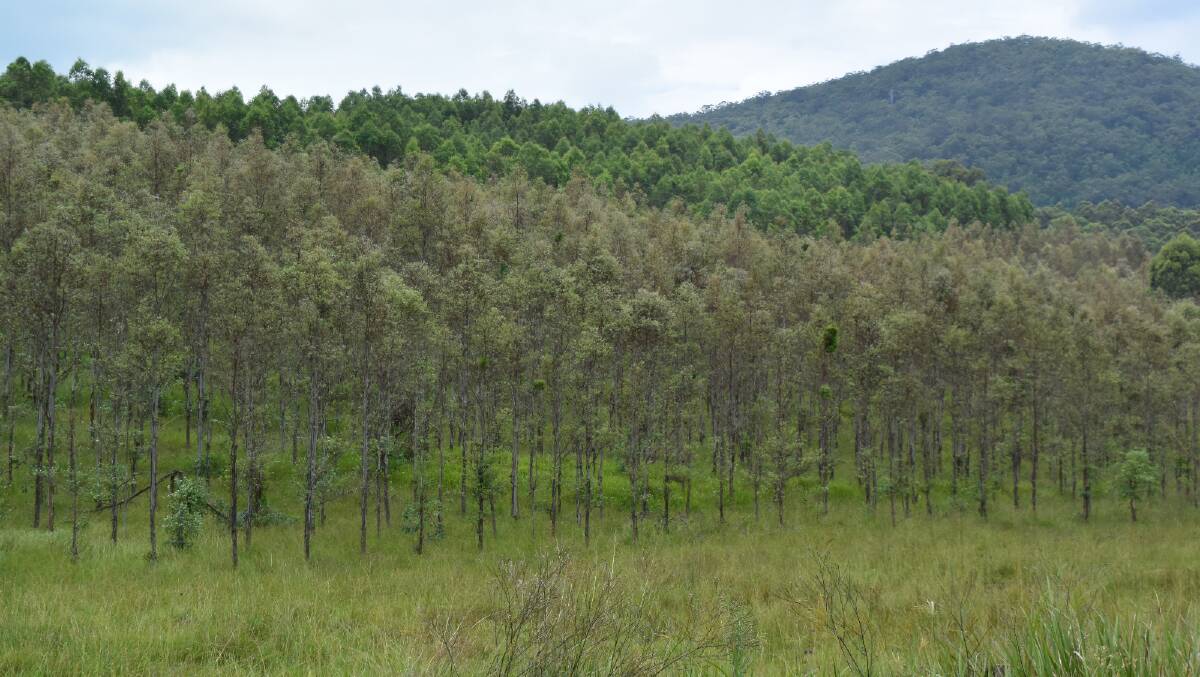
How much farmland should be allocated to growing carbon credits?
Subscribe now for unlimited access to all our agricultural news
across the nation
$0/
(min cost $0)
or signup to continue reading
The big carbon polluters will want to be able to offset their emissions and will look to farmland to provide carbon sinks, says Nationals leader David Littleproud, who warns of a "free-for-all on locking up productive farmland which will see multi-national companies buying up massive tracts of Australia's productive farmland to lock up as carbon offsets".
A previous move from The Coalition to "safeguard" 66pc of a farm for food and fibre, allowing 33pc for carbon production through regenerating timber projects, remains part of the evolving Federal Government's Safeguard Mechanism - a piece of legislation that forces polluters to pay for carbon offsets.
Anti-gas lobby Lock The Gate recently released a report warning that millions of hectares of viable land could disappear under carbon credits, impacting agriculture, while big polluters buy their way back to their dirty jobs.
To gauge the intensity of that demand look no further than Shell's purchase of project developer Select Carbon, while investment company Mitsui - with global interests beyond mining, energy and agriculture - has become a "strategic minority investor" with 33pc ownership in another developer, Climate Friendly.
"These major emitters stepping into the carbon space as developers are the bigger worry," says developer Hamish Webb, Precision Pastures at Armidale. "Buyers of carbon credits will have to get closer to farming producers and support them to grow the credits ...( but) I think concerns about lock-it-up-and-leave-it are an over-stretch."
In supporting the role a carbon project can play on-farm, Mr Webb warns potential growers to be aware of the details in their service agreement.
"When a grower moves from livestock to canola they need to know how and where to get some help. Similar people are there to help you understand carbon but you have to be careful.
"Don't let someone own your project," he advises.
Ashley Silver, CEO of project developer Atlas Carbon, says agriculture doesn't have to be sacrificed to the ACCU - while the current high demand for them offers family farmers "a fair-go to get into the natural capital game".
A new method currently before the regulator and likely to be approved will allow credits to come from multiple methods - as a whole-of-farm approach that includes plantations of new trees with the aim of growing carbon - not necessarily food or fibre.
"The new method will be more rigorous," says Ms Silver. "The government is asking for what restrictions might be placed on an ACCU, but they're not there yet."
Ms Silver advised interested carbon farmers to do their homework and "triangulate" their information from multiple sources.
"Talk with the banks, your accountant, your lawyer," she said. "But be aware that any development coming before agriculture - windmills, powerlines - takes into account the value of natural capital. As a result, the additional value of land can be high.
"Landholders need to be ready to understand that if they follow a rigorous method there will be reward at the end."
On some farms the real value comprises 30pc from the sale of ACCUs and 70pc in farm production uplift.

